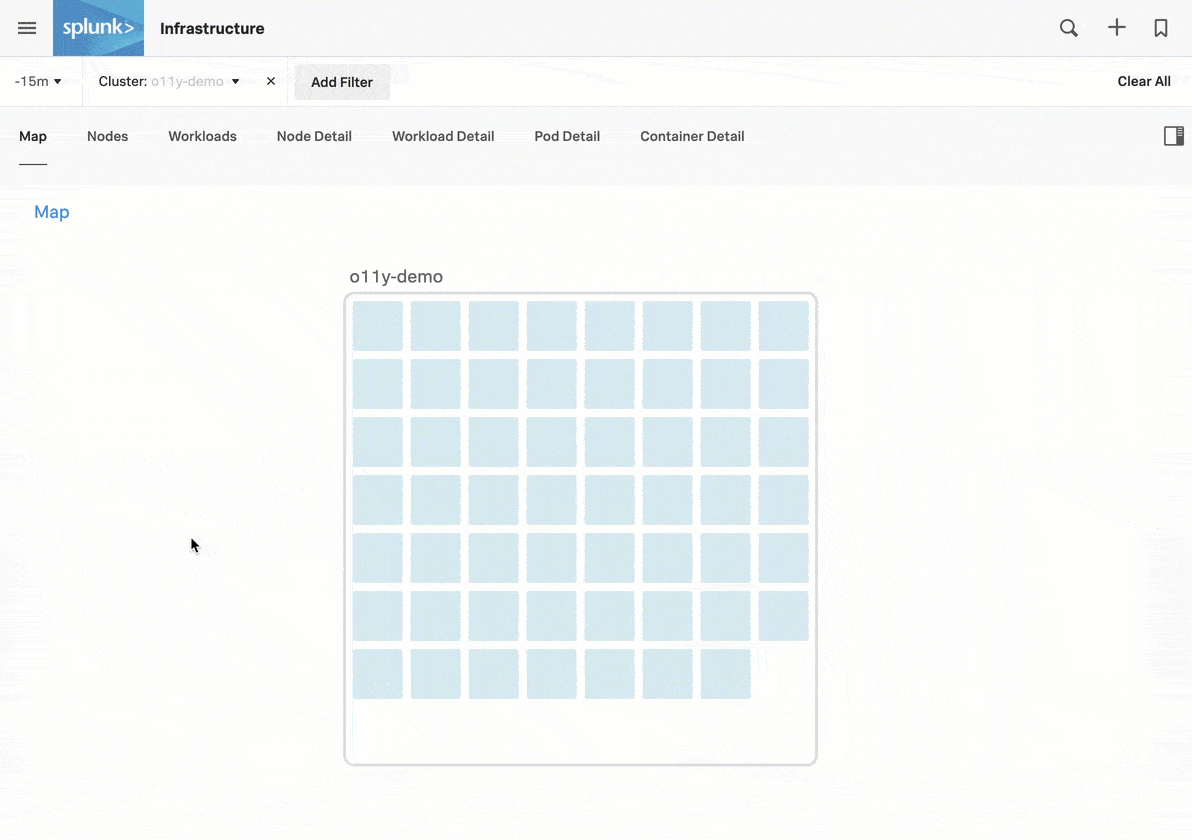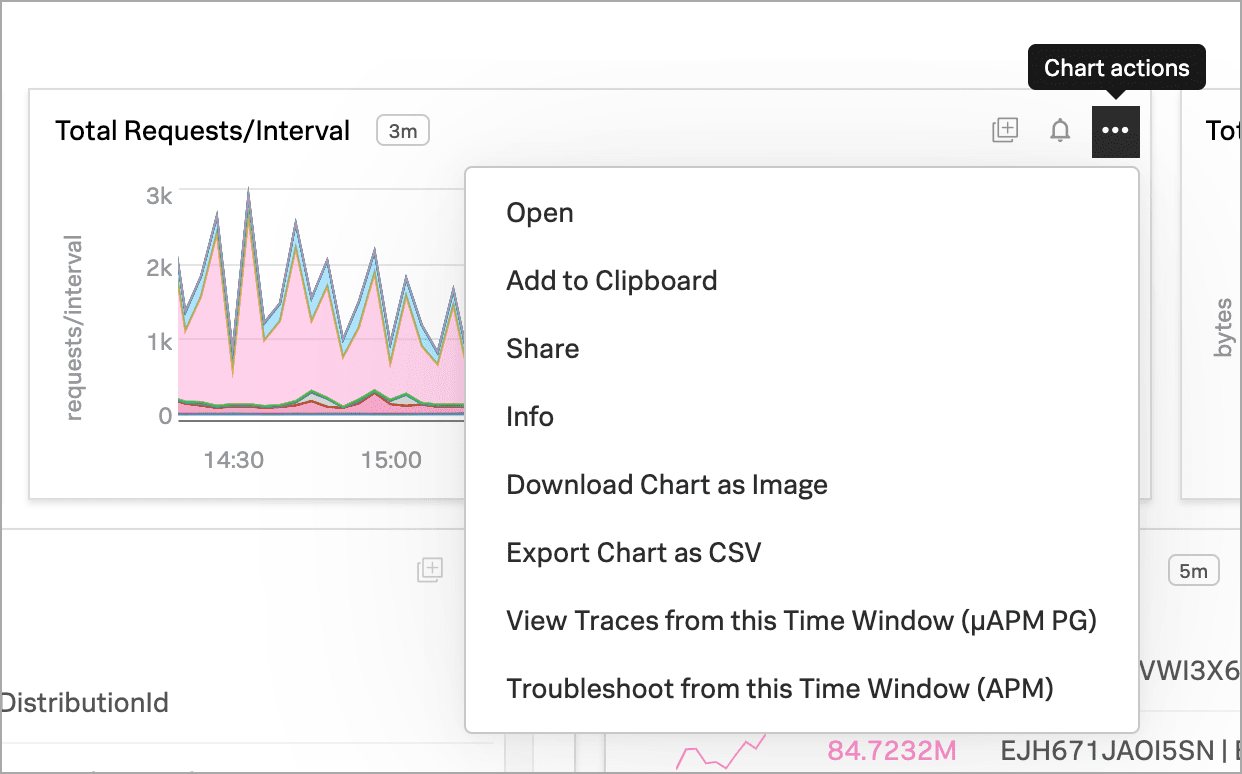パート2: Kubernetesクラスターを監視する 🔗
これでKubernetesクラスターデータがSplunk Observability Cloudに流れるようになったので、組み込みのナビゲーターを使ってデータを探索できるようになりました。チュートリアルの概要については、チュートリアル:Splunk Observability CloudでKubernetes環境を監視する を参照してください。
注釈
ナビゲーターは、Splunk Infrastructure Monitoringがご利用のソースからデータを受信している場合にのみ表示されます。
たとえば、パート1: Collectorをインストールし、KubernetesデータをSplunk Observability Cloudに取り込む で使用したガイド付きセットアップで有効な接続の確認が得られたとしても、ホスト、Kubernetesクラスター、またはクラウドプロバイダのサービスがSplunk Infrastructure Monitoringにアクティブにデータを送信していない限り、ナビゲーターは表示されません。
有効な接続を行ってから15分経過してもナビゲーターが表示されない場合は、ソースを確認して、そのソースがデータを生成していることを確認してください。たとえば、ホスト、クラスター、またはサービスが、Splunk Infrastructure Monitoringに送信できるデータを生成していることを確認します。
内蔵ダッシュボードを使用してKubernetesデータを探索する 🔗
Splunk Observability Cloudは、Kubernetesデータを探索するために使用できる内蔵ダッシュボードも提供しています。どの内蔵ダッシュボードが利用可能かを確認するには、Splunk Observability Cloudのダッシュボード を参照してください。
内蔵ダッシュボードにアクセスするには、以下の手順に従ってください:
ナビゲーション Menu を開き、Dashboards を選択します。ダッシュボード]ページが表示されます。
Kubernetes を検索します。 Kubernetes ダッシュボードグループが表示されます。
リンクを選択すると、関連するダッシュボードにアクセスできます。
次のステップ 🔗
これで、チュートリアルのパート2は終了です。組み込みのナビゲーターを使用してデータを探索する方法を学びました。
次に、Kubernetesのデータについてアラートする組み込みディテクターを作成する方法を学びます。続行する場合は、パート3: 内蔵ディテクターを有効化してアラートを発する を参照してください。
さらに詳しく 🔗
一般的なナビゲーターの使用方法の詳細は、Splunk Infrastructure Monitoringのナビゲーターの使用 を参照してください。
Kubernetesナビゲーターに表示されるデータの詳細については、Kubernetesナビゲーターの使用 を参照してください。
チャートの操作の詳細については、Splunk Observability Cloudのチャート を参照してください。

